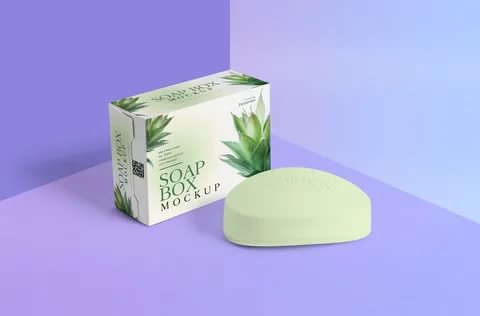The Benefits of Corrugated Boxes for Packaging
Corrugated boxes can be mispronounced as corrugated cardboard, corrugated plastic, corrugated paper, corrugated board, or even corrugated boxes. Though they all are essentially made out of the same materials, corrugated boxes can vary widely in their size, shape, and use. Boxes made out of PVC, specifically polyvinyl chloride (PVC), have become popular for packaging products ranging from food to medical devices because of their durability and low cost.
Corrugated cardboard is commonly mistaken for corrugated boxes. Corrugated cardboard sheets are typically made out of three layers of hardboard: an exterior liner, an interior liner, and a sort of fluting fitted on top. The exterior layer has a smooth, flat surface. Underneath the smooth, flat surfaces is the cardboard flakes or small pieces. Under the fluting are the metal flutes that make up the interior liner.
Corrugated boards are also often used in the manufacturing of cartons, boxes, and other containers packaging materials. In addition to being a cheap and durable option for cartons, they are frequently used as liners for food and medical packaging. They are also frequently used in sandwich-style lunch packs, to contain hot or cold items. And with its wide range of uses, the corrugated board has a lot to offer for those who want to do some mixing and matching.
Most common Corrugated Boxes (also referred to as corrugated cardboard boxes) consist of two layers: a thick exterior laminated cardboard layer, and an interior smooth plywood layer. The thick, laminated cardboard layer is commonly constructed by bonding a thin corrugated board to a standard piece of cardboard. The thickness of the board can vary; however, the thicker the board, the less likely it will warp over time. The interior layer is typically constructed from high-density fiberboard or other similar materials. High-density fiberboard has a very long lifetime, so it is often inexpensive when compared to a corrugated board made from lower density materials, such as thin cardboard.
While there are many different types of corrugated boxes available, the most common types include single-wall, double-wall, and triple-wall varieties. All three have their own specific benefits and drawbacks, which should be considered when choosing boxes for shipping. Corrugated boards are among the least expensive boxes to ship, but they are also among the strongest. The cost of shipping with corrugated boxes is dependent on the weight and size of the items inside. For example, if an item is not heavy, it does not increase shipping costs.
While there are several benefits of using corrugated boxes for packaging, one of its most important characteristics is its durability and strength. This makes corrugated board the perfect material for packaging breakables, such as jewelry and electronics. They are also popular for use in the food and beverage industry because they are highly resistant to extreme temperature changes. For this reason, corrugated board is often used in packing juices, chocolate, mustard, and salad dressings. These items are especially good for hot climates because they can stand up to high temperatures and do not spoil easily.
Another benefit of corrugated boxes is their low-cost and high-quality packaging. Because they contain multiple layers and because they are stackable, corrugated boxes can provide optimal value for money for small and medium businesses. They also come in several different thicknesses and materials, from flat-bottomed boxes that have solid flutes to boxes with various flute profiles. This means that companies can choose the package design and thickness that best fits their needs.
Corrugated boxes with various flute profiles are a convenient solution for companies that are looking to reduce waste and increase product accessibility. A box with a smooth surface and flat bottomed flutes is ideal for packing smooth foods, like vegetables and fruits. Larger and heavier foods, however, should be packed using flat bottomed boxes with smooth flutes. Lighter foods, on the other hand, should be packed with corrugated boxes with varying degrees of depth and fluting.


Comments
Post a Comment